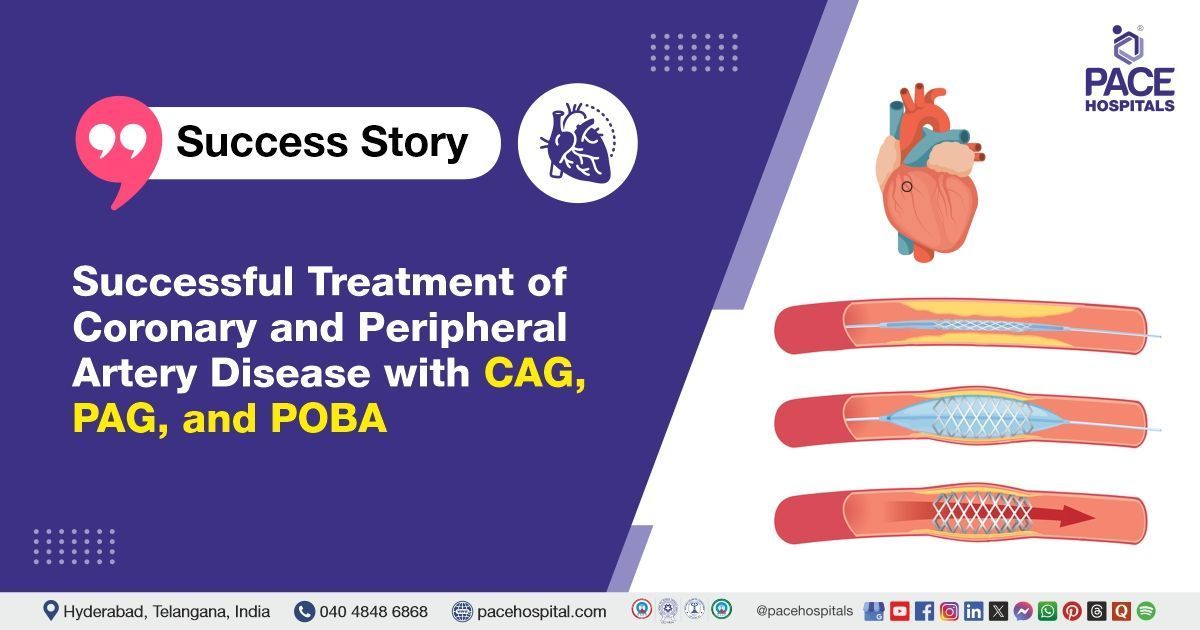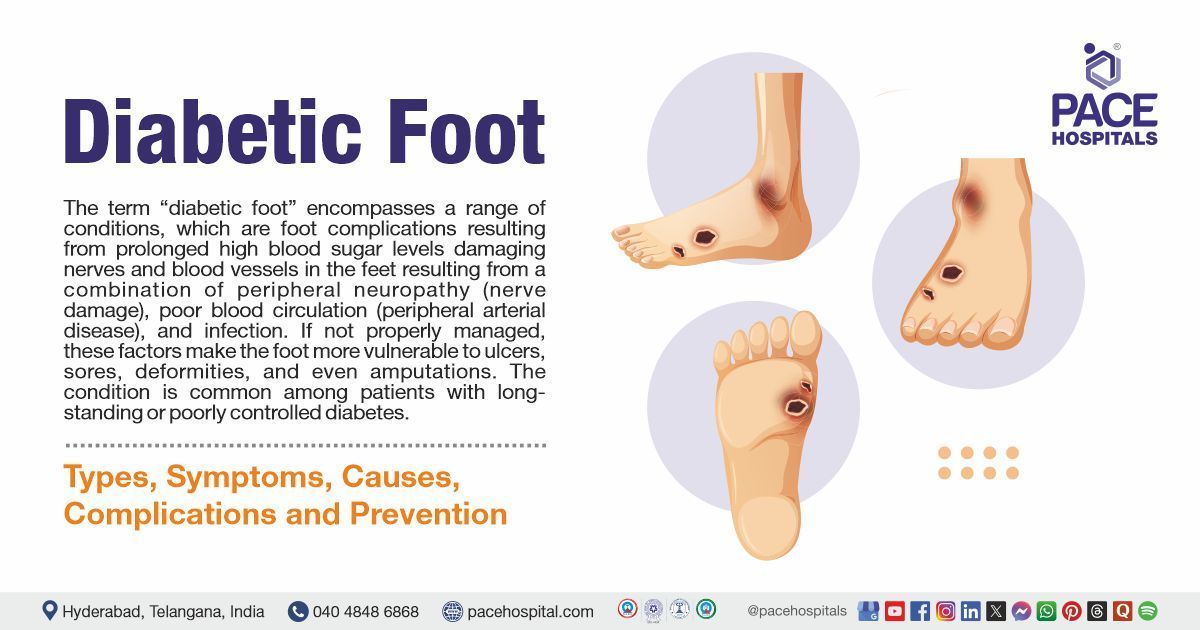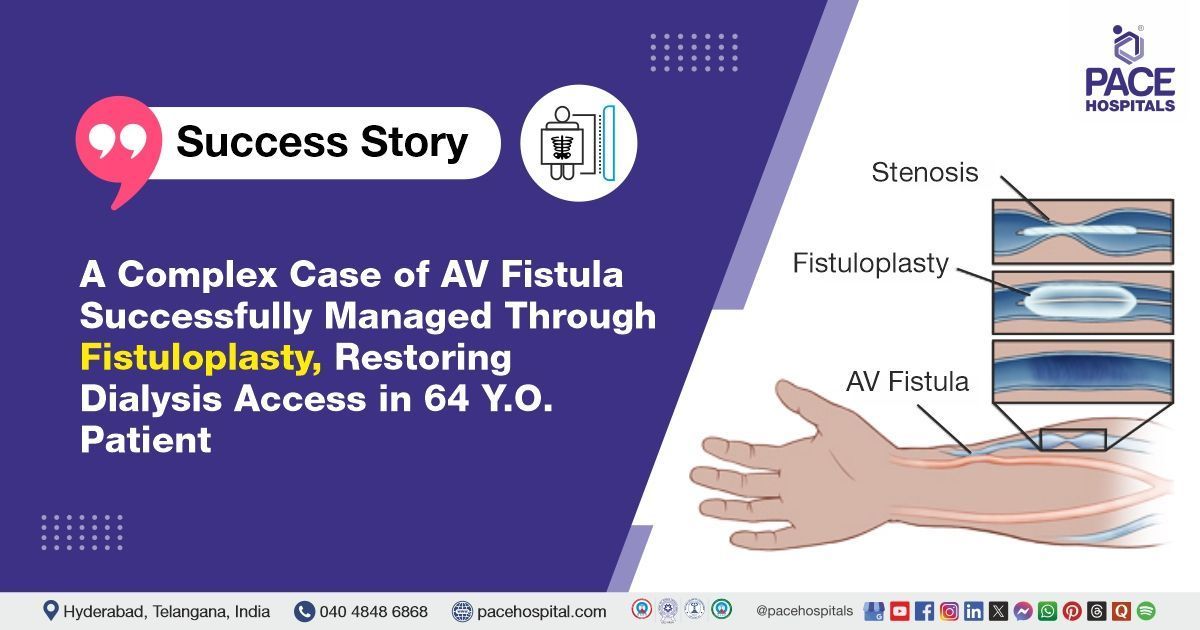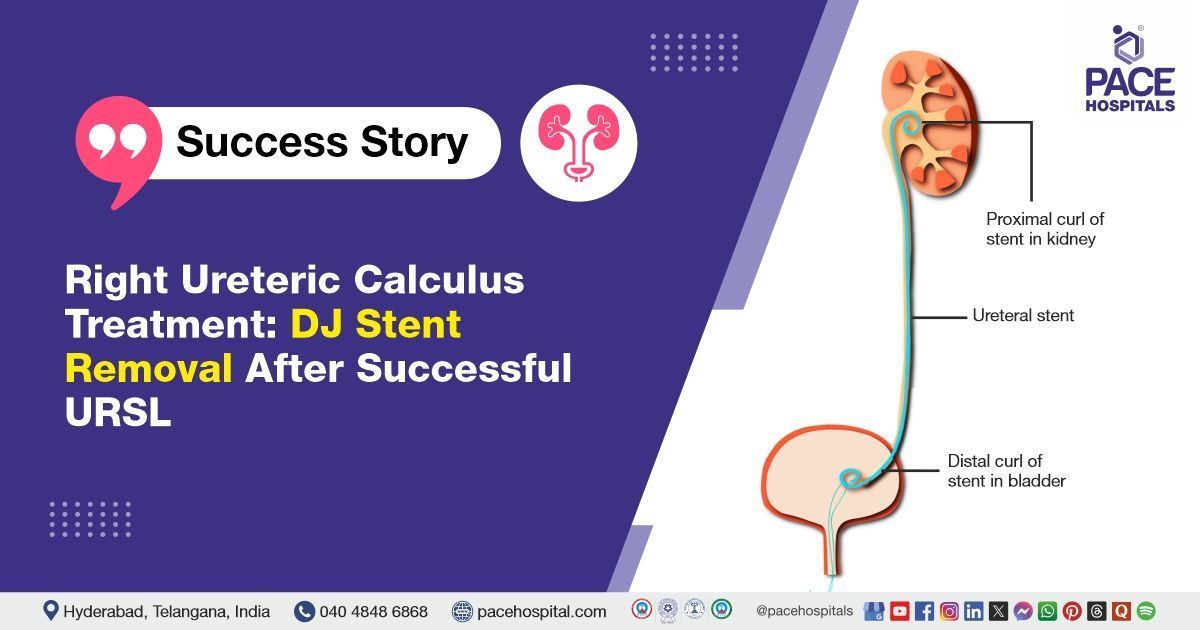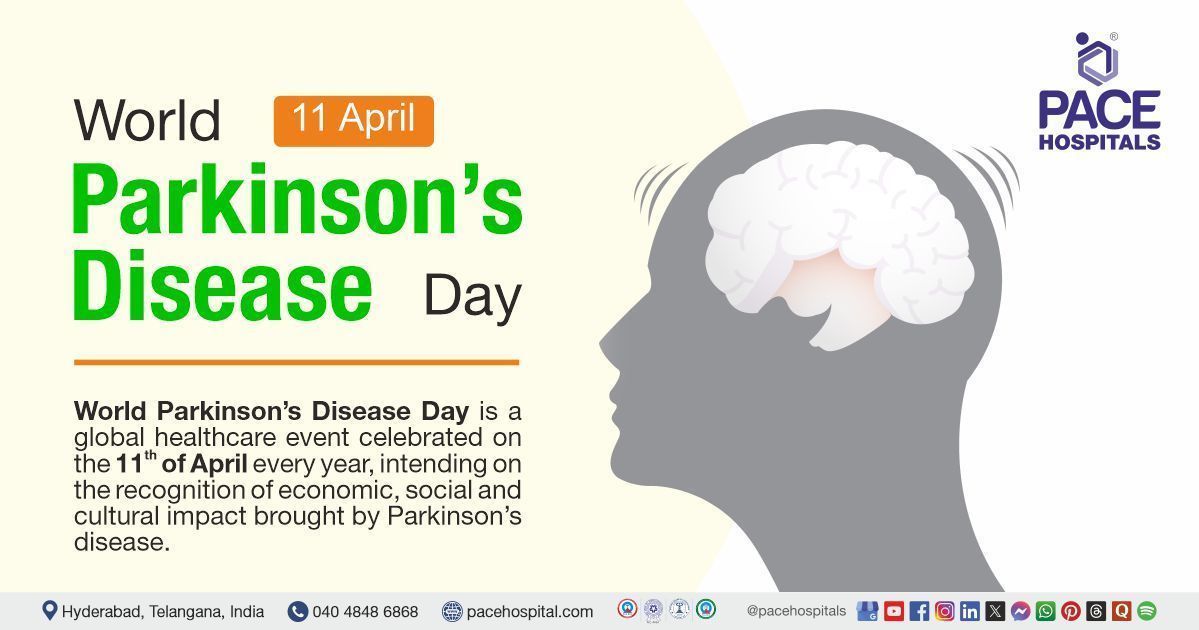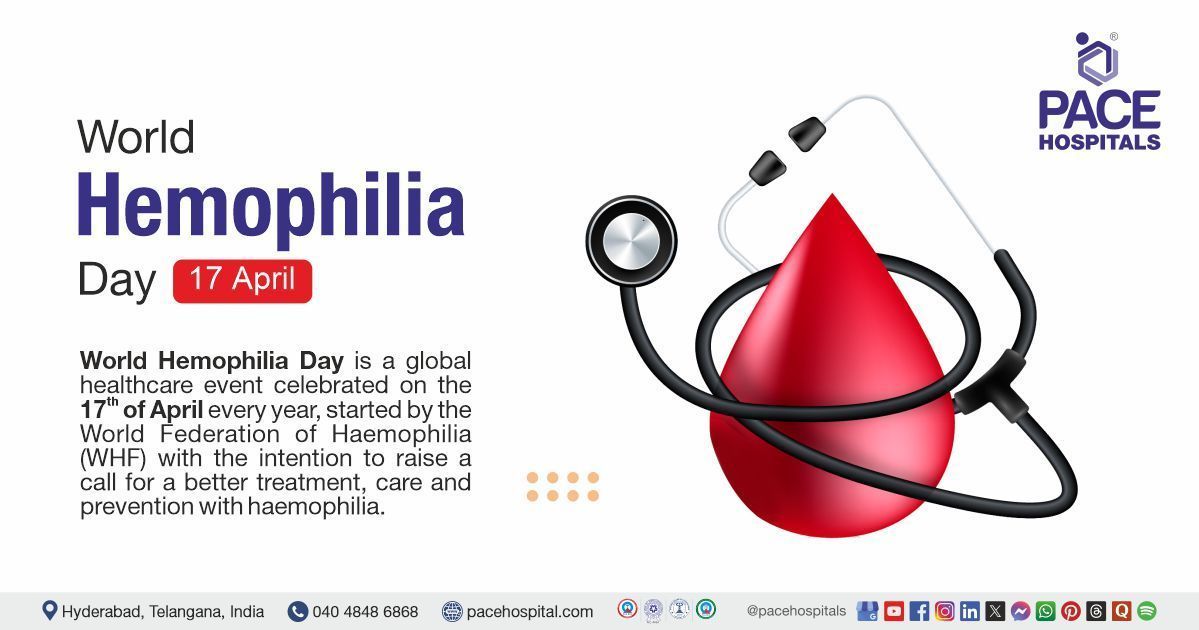Mother’s kidney donation provided son a second chance at life | Case study
PACE Hospitals' Kidney Transplantation team successfully performed a Living Donor Kidney Transplantation (LDKT) for a 32-year-old male from Bangladesh with chronic kidney disease due to suspected chronic glomerulonephritis.
A 32-year-old male patient (Abu Saleem) from Bangladesh with a history of suspected chronic glomerulonephritis was presented to the consultant nephrologist and renal transplant physician Dr. Kishore Kumar.
Medical History and Diagnosis
Delving deeper, it was understood that the Bangladeshi patient was a known case of chronic kidney disease progressing to end-stage renal disease (kidney failure). He was dependent on haemodialysis for a considerable period to filter the blood. The treating nephrologist in Bangladesh ascertained the necessity of a kidney transplant. Understanding the condition of her son, the mother of the patient came forward to donate her kidney.
Now that the question of donor had been solved, the patients started their quest for centres of renal transplantation which utilises the state-of-the-art equipment to reap better prospects. In their search, they came across PACE Hospitals situated in Hyderabad, India. Compared to other renal transplantation centres, PACE Hospitals is equipped with a state-of-the-art kidney transplant facilities, centralized HIMS (Hospital Information System), round-the-clock guidance from highly qualified surgeons and physicians along with minimal waiting time for both inpatient and outpatient processes among other expertise facilities – all within affordable prices.
Course in PACE Hospitals
Upon being admitted to PACE Hospitals and undergoing necessary investigations (blood tests, kidney function tests, liver function tests and imaging tests such as abdominal ultrasonography), to evaluate the patient’s profile, the nephrology team in PACE Hospitals concurred with the Bangladeshi healthcare teams. he was found to be diagnosed with:
Kidney failure due to suspected chronic glomerulonephritis
The increase levels of serum glutamic pyruvic transaminase (SGPT) and serum glutamic-oxaloacetic transaminase (SGOT) demonstrates liver injury. It can be concurred with hypoxia condition of the chronic kidney disease which increased oxidative stress stimulating liver injury.
The patient was found with a slightly anaemic profile which can be traced to reduction of erythropoietin (an enzyme for the bone marrow to produce red blood cells) causing anaemia.
The team of kidney transplant surgeons - Dr. Vishwambhar Nath, Dr. Abhik Debnath and Dr. K Ravichandra, concurred with the medical verdict of the Bangladeshi doctors. A renal transplant was necessary to save the patient.
Promptly, the patient was put on multiple lifesaving supports and was continued on haemodialysis. Both the donor and the patient were counselled about renal transplantation, the possible outcomes, complications, and the quality of life after transplantations.
With necessary investigations done & clearances obtained, the patient underwent living donor kidney transplantation (LDKT), receiving the right kidney. The procedure was supervised by the consultant nephrologist & renal transplant physician Dr. A Kishore Kumar, and it was accomplished devoid of any accidental perforations during the transplantation surgery at the site.
Steroids and anti-human thymocyte immunoglobulin preparations were given as a prophylaxis to suppress any rejection.
The aftermath
Intraoperatively the anastomosis was between internal iliac artery of recipient and donor renal artery. Venous anastomosis was done between the renal vein and external iliac artery.
The colour of kidney which was pale till then due to rinsing of blood turned pink after connecting with the recipient’s blood vessels showing the successful reperfusion. Associated with the pink colouration, diuresis (urine started to flow) is also witnessed. Both these milestones could be termed as early markers of a successful renal transplant.
Nevertheless, within a few minutes the graft turgidity began to decrease. Turgidity can roughly be said as the tone of the organ (state of being swollen or firm due to fluid or pressure). Reduction of turgidity compelled the transplant surgeons to reopen the anastomosis to understand the cause of blocked blood reperfusion to the donated organ.
The medical acumen of transplant surgeons did not fail them. Upon opening the anastomosis, they found a small clot in the renal artery which understandably was blocking the blood flow, reducing the turgidity.
Upon physically removing the clot, the transplant surgeons performed re-anastomoses, the turgidity was restored. The second anastomosis reinstated the process of diuresis and the urine gradually started to improve. The pink colouration of the kidney was recorded.
Despite the development of an increased stenotic flow at graft rate, as depicted by the intraoperative graft vessel Doppler test, it was concluded that stenotic flow was developed due to the presence of discrepancy between the donor and recipient vessels and not necessarily a complication of the renal transplant.
Since the urine output was good and due to the presence of discrepancy between the donor and recipient vessels encouraging stenotic flow, the renal transplant surgeons concurred to observe the repeat Doppler test and keeping an eye on creatinine levels post-surgery.
After surgery, the graft Doppler scan was done which revealed an increase in the velocity of the blood flow at anastomotic site but surprisingly the velocity of the blood flow distal to the anastomosis and inside the graft parenchyma was normal which suggests this might not be a complication case of transplant renal artery stenosis (TRAS).
Post surgery the urine output was constantly evaluated which demonstrated a good progress. Additionally, the creatinine levels are also checked which although was high in the early days (suggestive of bad kidney functioning), gradually decreased to 1.5 mg/dl on the 6th day post transplantation. Similarly, the levels of immunosuppressive agents were monitored and gradually tapered off according to the necessity.
On 7th day the creatinine levels were noted to be stabilised. Complete urine examination did not reveal any proteinuria (loss of protein through urine), but the presence of microscopic haematuria (blood in urine) was recorded which was steadily improving as compared to the previous urine examination results. The graft Doppler test which was done at discharge did not reveal neither perinephric fluid collection nor obstructive features nor ineffective changes.
There was no fever or graft tenderness which suggested the absence of infection or rejection. Upon achieving hemodynamic stabilisation, the patient was discharged with the necessary medications and advice for follow-up. The renal transplant surgeons concurred that it was mutually beneficial to monitor the levels of creatinine on a regular OPD basis and perform a graft biopsy in case of a constant or increased levels of creatinine in the later stages.
The intensity and rarity of renal artery thrombosis
The renal artery thrombosis is a rare but dangerous complication which commonly develops in the early postoperative period, either due to hyperacute rejection or anastomotic occlusion etc. The common clinical signs include sudden oliguria (urinary output less than 400 ml per day or less than 20 ml per hour) or anuria (absence of urinary output) with the reduction of graft function. This results in segmental or global renal infarction (complete or partial occlusion of the main renal artery leading to ischemic renal necrosis) which can be identified by imaging diagnostic modalities.
Angiography (type of X-ray to check blood vessels) shows reduced or absent flow to the graft and an abrupt cutoff in the transplant renal artery. If graft arterial thrombosis is recognised early, it is usually treated with surgical thrombectomy to restore tissue perfusion or with catheter-guided fibrinolysis with better outcomes if performed within 24 hours.
Request an appointment
Fill in the appointment form or call us instantly to book a confirmed appointment with our super specialist at 04048486868
Appointment request - health articles
Thank you for contacting us. We will get back to you as soon as possible. Kindly save these contact details in your contacts to receive calls and messages:-
Appointment Desk: 04048486868
Whatsapp: 8977889778
Regards,
Pace Hospitals
Hitech City and Madinaguda
Hyderabad, Telangana, India.
Oops, there was an error sending your message. Please try again later. We will get back to you as soon as possible. Kindly save these contact details in your contacts to receive calls and messages:-
Appointment Desk: 04048486868
Whatsapp: 8977889778
Regards,
Pace Hospitals
Hitech City and Madinaguda
Hyderabad, Telangana, India.
Our Locations – Find the Best Hospital Near You
Metro Pillar Number C1772, Beside Avasa Hotel, Hitech City Road, Near HITEC City Metro Station, Hyderabad, Telangana, India.
Mythri Nagar, Beside South India Shopping Mall, Hafeezpet, Madeenaguda, Hyderabad, Telangana, India.
040 4848 6868
Payment in advance for treatment at PACE Hospitals, Hyderabad, Telangana, India (Pay in INR ₹)
For Bank Transfer:-
- Bank Name: HDFC
Company Name: Pace Hospitals
A/c No.50200028705218
IFSC Code: HDFC0000545 - Bank Name: STATE BANK OF INDIA
Company Name: Pace Hospitals
A/c No.62206858997
IFSC Code: SBIN0020299
Scan QR Code by Any Payment App (GPay, Paytm, Phonepe, BHIM, Bank Apps, Amazon, Airtel, Truecaller, Idea, Whatsapp etc).
CONTACT US
Call: +914048486868
WhatsApp: +918977889778
Email: info@pacehospitals.in
FOLLOW US
SUBSCRIBE
Subscribe to our newsletter and stay updated with the latest health information.
Subscribe to PACE Hospitals' Public Newsletter
Thank you for subscribing to PACE Hospitals' Newsletter. Stay updated with the latest health information.
Oops, there was an error. Please try again submitting your details.
ABOUT US
QUICK LINKS
Disclaimer
General information on healthcare issues is made available by PACE Hospitals through this website (www.pacehospital.com), as well as its other websites and branded social media pages. The text, videos, illustrations, photographs, quoted information, and other materials found on these websites (here by collectively referred to as "Content") are offered for informational purposes only and is neither exhaustive nor complete. Prior to forming a decision in regard to your health, consult your doctor or any another healthcare professional. PACE Hospitals does not have an obligation to update or modify the "Content" or to explain or resolve any inconsistencies therein.
The "Content" from the website of PACE Hospitals or from its branded social media pages might include any adult explicit "Content" which is deemed exclusively medical or health-related and not otherwise. Publishing material or making references to specific sources, such as to any particular therapies, goods, drugs, practises, doctors, nurses, other healthcare professionals, diagnoses or procedures is done purely for informational purposes and does not reflect any endorsement by PACE Hospitals – your trusted hospital near me.


